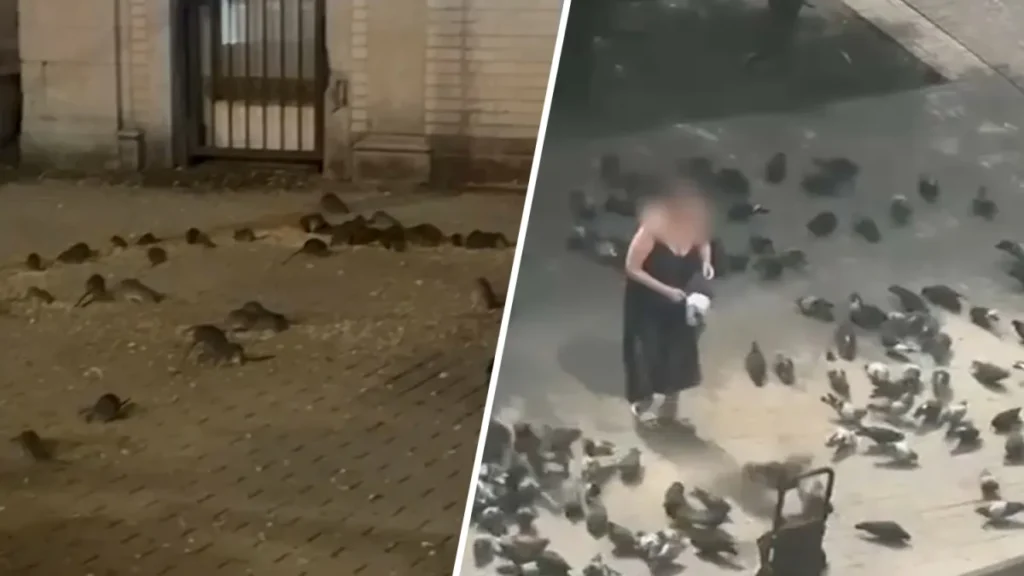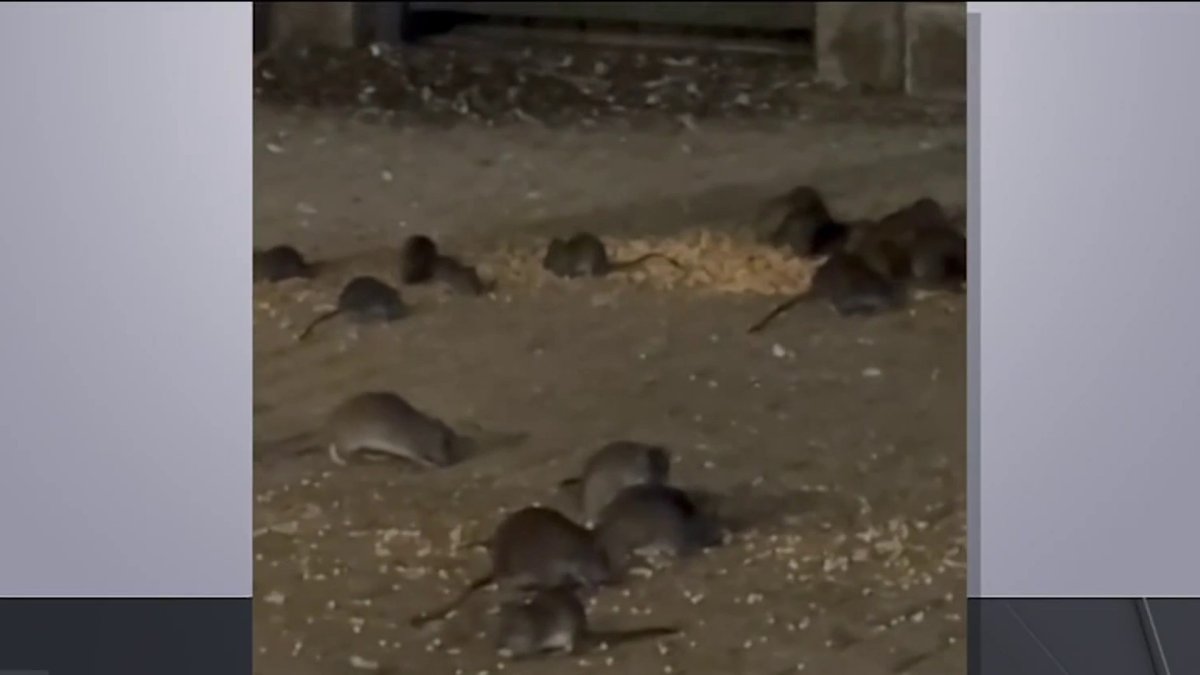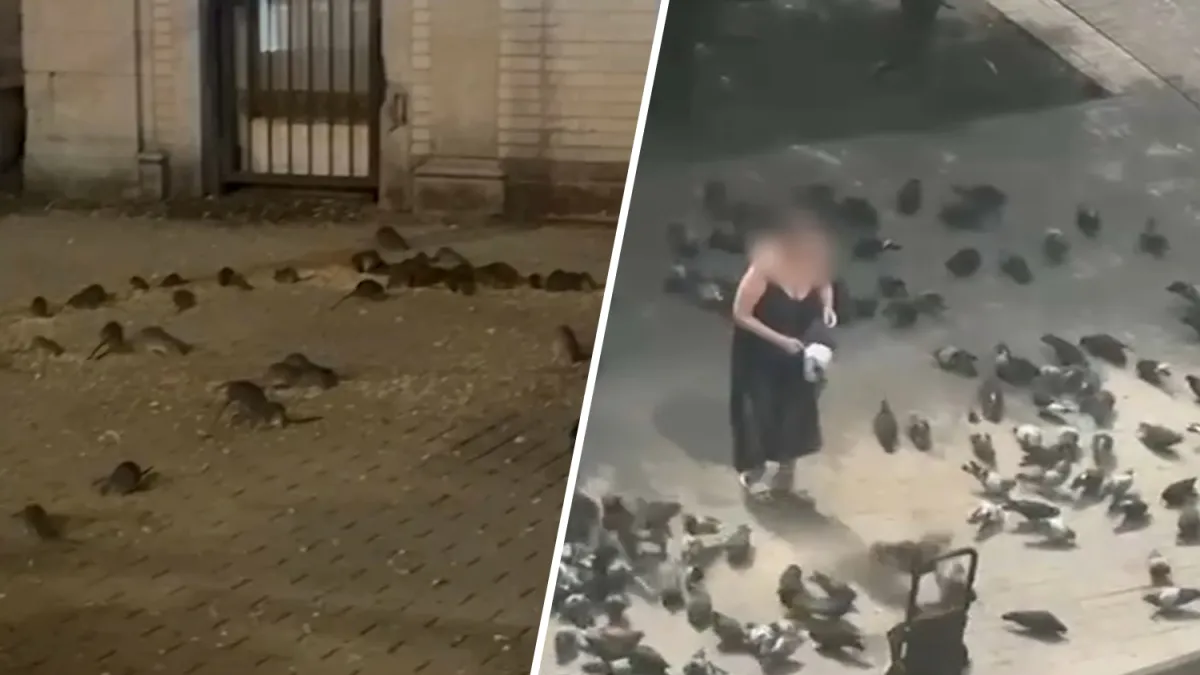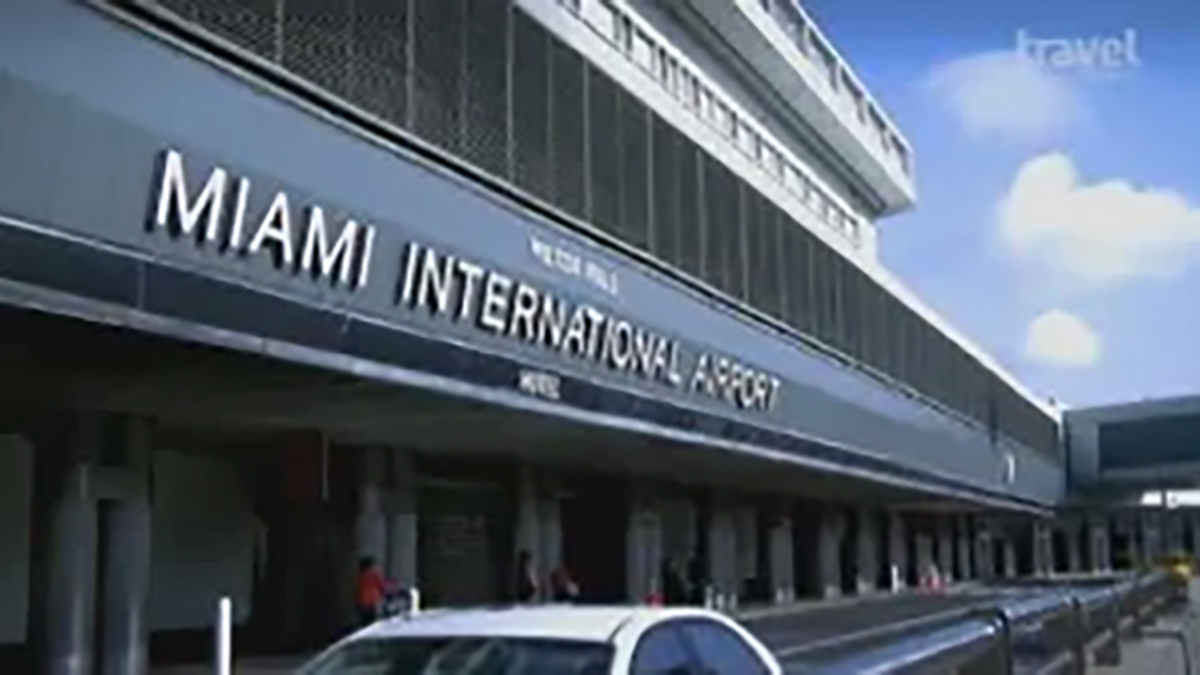Residents and commuters in New York City’s Upper West Side are grappling with a growing problem as rats and pigeons appear to be taking over a busy subway station. The unchecked presence of these urban wildlife species is causing discomfort, sanitation worries, and calls for action among community members and city officials.
A Growing Urban Wildlife Challenge

The subway station situated in one of Manhattan’s busiest neighborhoods has become a hotspot for both rats and pigeons, creating a scene that many describe as unsettling. Rats scurry across platforms and stairways, while pigeons gather in large numbers, making it difficult for travelers to navigate the area comfortably.
This surge of pests is not just a nuisance but a public health concern. Rodents are known carriers of disease and can quickly multiply in dense urban environments. Pigeons, while often dismissed as city birds, contribute to the mess by leaving droppings that can spread bacteria and damage infrastructure.
Community Frustrations and Impact

Local residents have voiced frustration over the deteriorating conditions. Many describe the subway station as a place they dread passing through or waiting for a train due to the overwhelming presence of rodents and birds. Noise, smell, and the risk of bites or contamination have diminished the overall sense of safety and cleanliness.
Business owners nearby have also reported that customers sometimes avoid the area, impacting commerce and reducing foot traffic. More importantly, parents express concern for children who commute through the station regularly.
City Officials Respond
In response to mounting complaints, city sanitation and pest control departments have pledged to increase their efforts in the area. Plans include intensified cleanup operations, rat baiting programs, and bird deterrent measures aimed at reducing the populations of both rats and pigeons.
However, experts caution that such measures require ongoing commitment. Rats and pigeons thrive on food waste and accessible shelter, so public cooperation in maintaining cleanliness and avoiding feeding birds is essential to lasting results.
Understanding the Ecology of City Pests
Rats and pigeons have long been fixtures of urban life, adapting remarkably well to cities like New York. Their populations fluctuate based on availability of food, weather, and human activity. Seasonal changes often influence their visibility and breeding cycles.
While pigeons enjoy relative protection under certain laws and are often seen as part of the city’s character, rats are generally treated as pests and subject to control efforts. The coexistence of these species in neighborhoods highlights the complexities of managing urban ecosystems balancing public health and wildlife considerations.
Looking Forward: Sustainable Solutions Needed
Long-term solutions to urban pest problems demand a combination of professional intervention and responsible community behavior. Improving waste management, closing entry points in buildings and infrastructure, and educating the public on the consequences of feeding wildlife are critical steps.
The Upper West Side’s struggle with rats and pigeons is a microcosm of broader challenges faced by many cities worldwide. As New York continues to grow, managing its wildlife populations humanely and effectively remains a pressing and complex issue.





